Do these 27 old 'rules' of professional cycling stand up to the science?
Pro cyclists of old were duty-bound to follow an arcane and often baffling set of fitness rules. Chris Sidwells sifts through them for pearls of wisdom that have stood the test of time
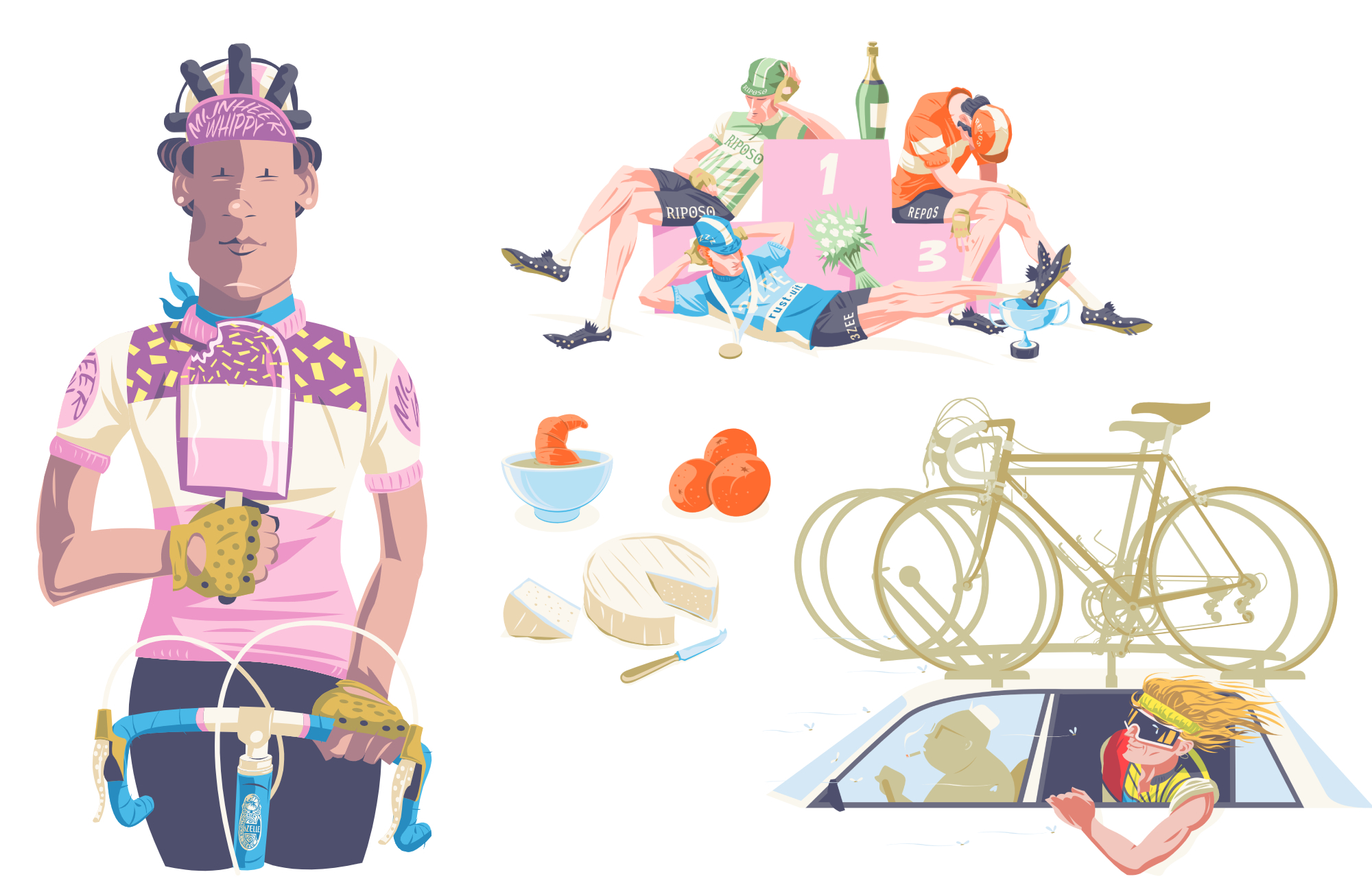
Illustrations by Simon Scarsbrook
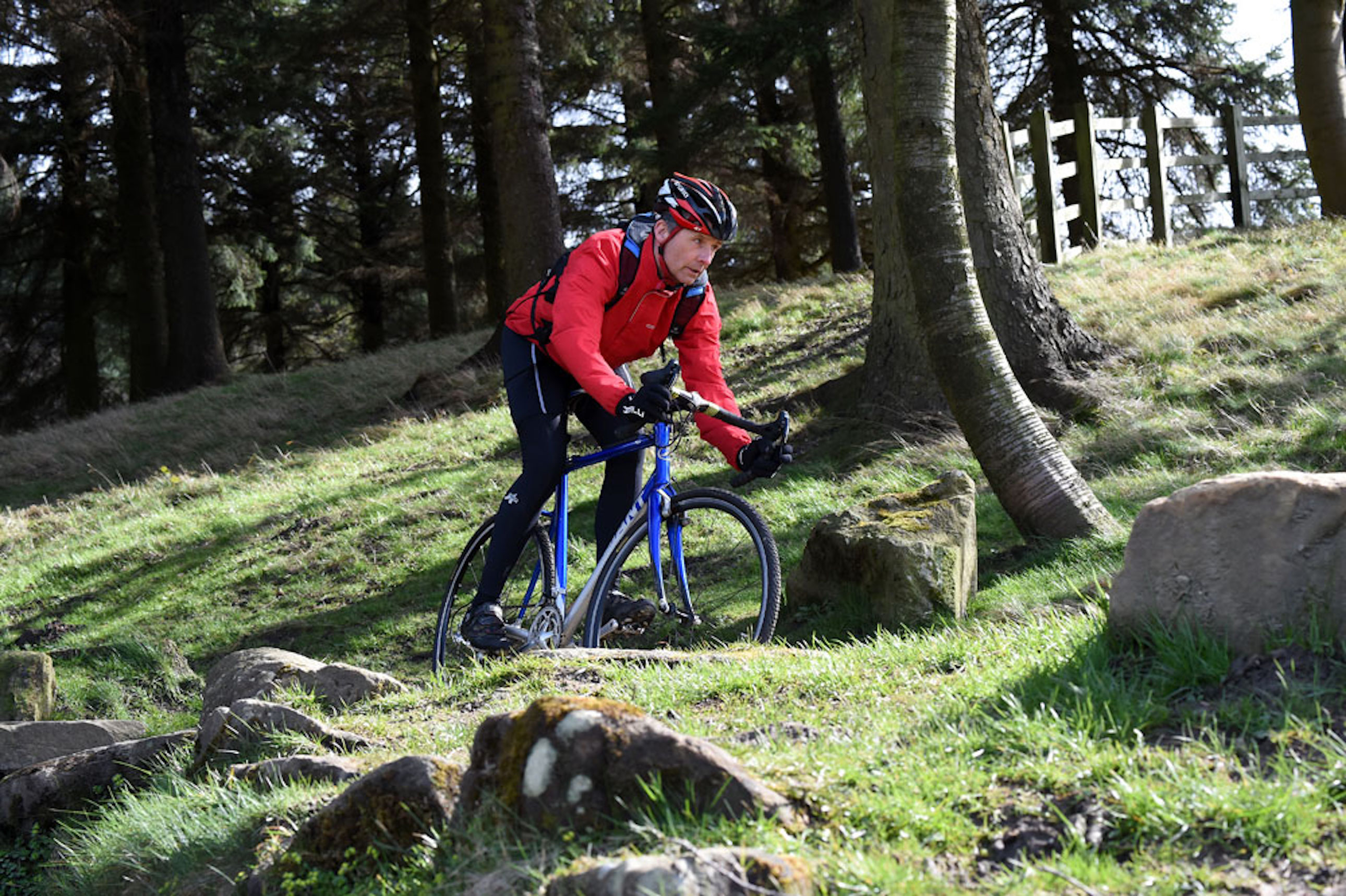
"You are a professional now, and this is your big chance – you must do everything you can to take it. Look after yourself, you must be the best you can be for the team, it’s your job."
These were the welcoming words a cyclist received when joining their first big European pro team – a traditional introduction that went on for decades. The key message was: there are rules
to follow.
A long list would be spooled off: things you should and shouldn’t do, things you could and couldn’t eat. It was handed down from champions, but was laced with old wives’ tales and occasionally an added pinch of science. Not following the rules risked being labelled ‘not serious’ and would cling to an under-performing pro like a nasty smell. The best got away with breaking them, the rest had no choice but to conform.
Looking back with the benefit of modern science, some of the rules appear quite ludicrous, but a few still have merit. For many of these edicts, what they lack in scientific rigour, they make up in psychological influence – a rule doesn’t have to be based on proven fact in order to be effective. So let’s reflect on the rules and beliefs by which pro cyclists navigated their trade until the Nineties – not unlike ‘The Knowledge’ used by London cabbies to navigate their city before GPS came along. And let’s find out which of these rules contained a kernel of truth that remains relevant today.
Rest and recovery
Rule 1: Don’t stand when you can sit, don’t sit when you can lie down.
Get The Leadout Newsletter
The latest race content, interviews, features, reviews and expert buying guides, direct to your inbox!
Rule 2: When you lie down, make sure your legs are raised.
Rule 3: Don’t walk if other means of transport or movement are available.
Kernel of truth or load of old cobblers?
All these make sense. Muscles stressed in a race or hard training session need rest to repair. The best rest is lying down, preferably asleep. On stage races, riders tried to take a short nap in the interval between getting to their hotel rooms and dinner; they still do. When you sleep, your body switches into full repair mode.
The raised legs bit comes from the belief that massage aids blood flow, which it does. It was thought that raising the legs when lying down allowed toxins to leave them because gravity assists blood flow – and it’s true that it takes pressure off your veins and may help relieve inflammation in the legs.
Verdict: Lying down is good; sleep is even better.
Nutrition

Rule 4: Don’t eat ice cream, it’s too cold for a rider’s stomach and can make you sick.
Kernel of truth or load of old cobblers?
There was an inexplicable taboo about ingesting anything really cold – but eating ice cream was, and maybe still is, something to be avoided for good reason. John Herety, the 1988 British road race champion, who is also a trained chef, says: "Ice cream in restaurants is taken out of the freezer; the chef lets it melt a bit, then takes what’s needed and puts the rest back in the freezer. All that melting and freezing is a recipe for food bugs."
Verdict: Eat ice cream, but not too often, and be wary of it in restaurants.
Rule 5: Don’t eat chocolate, it’s too heavy for the liver to digest easily and will make you fat.
Rule 6: Don’t eat soft cheese, only hard cheeses like Gruyère, as they’re less fattening.
Rule 7: Don’t eat butter, it’s fattening.
Rule 8: Don’t eat chips, they’re full of fat and hard to digest.
Kernel of truth or load of old cobblers?
I showed this list of rules to James Stanbury, an associate lecturer in sports and exercise nutrition at Hartpury University, Gloucester, and he was unimpressed: "It’s important to highlight that no food is simply fattening or bad," insisted Stanbury. "Some foods are energy-dense and nutrient-poor, but it’s excess calorie consumption that’s fattening. All foods can formulate part of a cyclist’s plan, although some foods should be avoided at certain times. For example, foods high in fat should be avoided just before competition because they can cause gastrointestinal distress." In light of which, the four rules can be rolled into one...
Verdict: Eat a varied diet and include all food groups while being sensible about quantities – and avoid high-fat foods before racing.
Rule 9: Don’t eat oranges after 5pm, as the vitamin C will prevent you sleeping.
Kernel of truth or load of old cobblers?
This one is worse than untrue. It’s actually low intake of vitamin C that is connected to poor sleep. A 2013 study by scientists at the University of Pennsylvania, USA, found that people who slept less than six hours a night consumed less vitamin C than people who slept longer.
Verdict: Eat plentiful fruit and veg that is rich in vitamin C – essential for health and may even help you sleep.
Rule 10: Don’t put ketchup on chips as it’s full of preservatives and sugar.
Kernel of truth or load of old cobblers?
This is still partially valid, as preservatives tend to contain dubious chemicals of questionable nutritional value, and we should limit foods that contain lots of them. Adding big dollops of gloopy condiments adds a hit of sugar too – possibly surplus calories.
Verdict: Like ketchup? Go ahead. It won’t make you a slower cyclist. Just don’t overdo it.
Rule 11: Don’t eat croissants in the morning unless you dip them in a bowl of hot chocolate first, otherwise they’re too heavy to digest.
Kernel of truth or load of old cobblers?
This sounds like an attempt to make a French practice part of world cycling lore. No reason for it really, unless you like dunking. The ‘no butter’ rule might have had something to do with it.
Verdict: Eat croissants, but beware their high-fat, high-calorie composition.
Rule 12: Eat French toast – the dry squares you buy in packets – instead of fresh bread because it’s easier to digest.
Kernel of truth or load of old cobblers?
This might have some merit. Toasting does break down some of the starches in bread, making them, theoretically at least, easier to digest. A lot of these old rules were based on the belief that energy could be saved by making digestion easier, and that the physiological stress of a stage race affected digestion.
Verdict: Like your bread toasted? Go right ahead!
Rule 13: If you do eat fresh bread, remove the soft white centre first. If you eat it, it lies in your stomach undigested and makes you feel heavy.
Kernel of truth or load of old cobblers?
There doesn’t seem much justification for this, although a lot of old pros still do it.
Verdict: It’s bread, not lead – fear not!
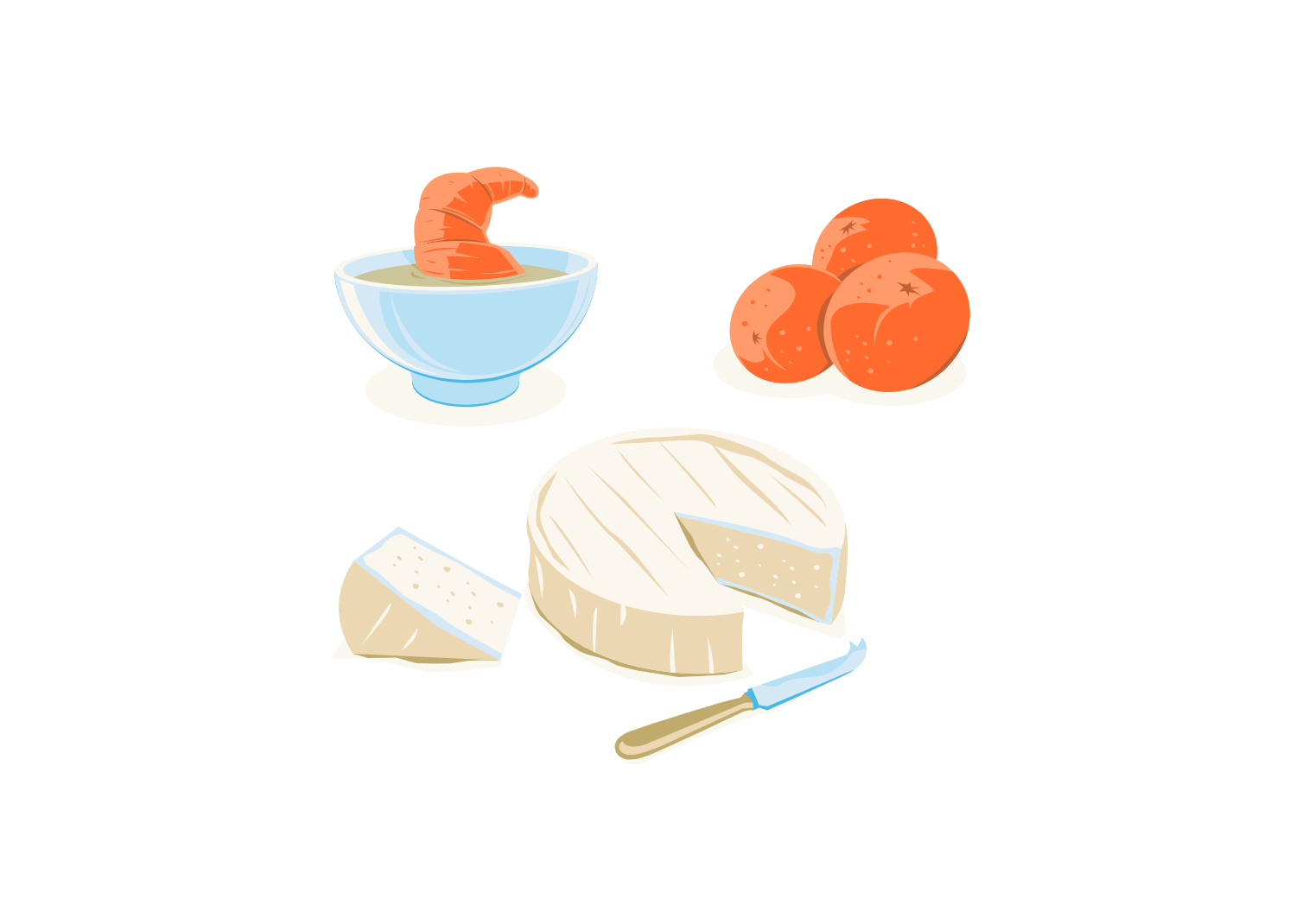
Rule 14: Take vitamins and other supplements by injection.
Kernel of truth or load of old cobblers?
A whole article could be devoted to this. Following these old rules was known in French as faire le métier, meaning, ‘follow the trade’. The phrase has become synonymous with doping because some riders, notably Britain’s David Millar, say the administration of vitamins by syringe, which was an accepted part of pro racing, made it feel less of a jump to start doping. The link was thought to be so strong that the use of syringes, other than for medical necessity, was banned by the UCI in 2011.
Syringes were used to deliver minerals and vitamins because of a belief in cycling that under the extreme physical stress of a Grand Tour, the digestive system doesn’t work as it should. It was argued needles were more effective at delivering vitamins and recovery products if the rider’s stomach wasn’t working properly. Today, doctors and staff understand how to support and maintain gut health.
"An individual with poor gut health may absorb macronutrients – fats, carbs and protein needed for fuel and repair – but not all the micronutrients that help keep the body functioning optimally," says Nigel Mitchell, EF Education chief nutritionist. "Gut health comes first, and there are ways of maintaining it even with the physiological stress of a Grand Tour. Riders can absorb everything they need through a functioning gut."
Verdict: Put those needles away! If you have gut issues, get them sorted.
Hydration
Rule 15: Don’t drink Coke, it’s bad for your stomach and full of sugar.
Kernel of truth or load of old cobblers?
Nutrition lecturer James Stanbury says: "Carbonated drinks may cause gastrointestinal problems if consumed before or during competition."
Verdict: Stick to still drinks pre-race.
Rule 16: Don’t have ice cubes in your drinks, they’re too cold for the stomach – even if it’s 40ºC in the shade.
Kernel of truth or load of old cobblers?
This was flat wrong. Human performance is optimal within a very narrow band of internal temperatures. As internal temperature rises, the body begins to shut down certain processes as a safety mechanism. Nowadays in hot weather, teams put ice in drinks.
Verdict: On the rocks, cheers!
Rule 17: Don’t drink coffee at breakfast, it’s bad for your stomach and makes you nervous.
Kernel of truth or load of old cobblers?
It’s pretty well-established caffeine in coffee can be performance-enhancing. Drinking too much has been known to make people feel a little jittery, though.
Verdict: Get the kettle on!
Rule 18: Don’t drink tap water, you don’t know if it is clean.
Rule 19: Don’t drink bottled water without first adding some kind of cordial, otherwise it will go straight through you and wash out all your minerals and vitamins.
Kernel of truth or load of old cobblers?
The tap water ban made sense years ago when the quality of tap water in certain countries was of poor quality. However, there’s no evidence whatsoever that bottled water washes minerals and vitamins out of the body. As for adding flavour, Nigel Mitchell says: "On stage races, I add a little pineapple juice to the bottles of water I give riders to drink in the morning, because I find they are more likely to drink it all if it has some flavour."
Verdict: Provided it’s clean, water is life!
Personal care
Rule 20: Don’t shave on the morning of a race, because shaving weakens you.
Kernel of truth or load of old cobblers?
There’s no scientific reason for this one, although sports psychologist Dr Josephine Perry points out: "It could be to do with routines and superstitions, which can be powerful. Many sportspeople have them. For example, Laura Kenny steps on a wet towel before races because when she won the junior Worlds she was wearing one wet sock. Routines are something you can control. You can’t control what happens in competition, so athletes look for things they can control. Maybe the person who started this one didn’t shave the day he won a big race and it grew from there."
Verdict: If not shaving on race morning just feels ‘right’, then just stick to that normal routine.
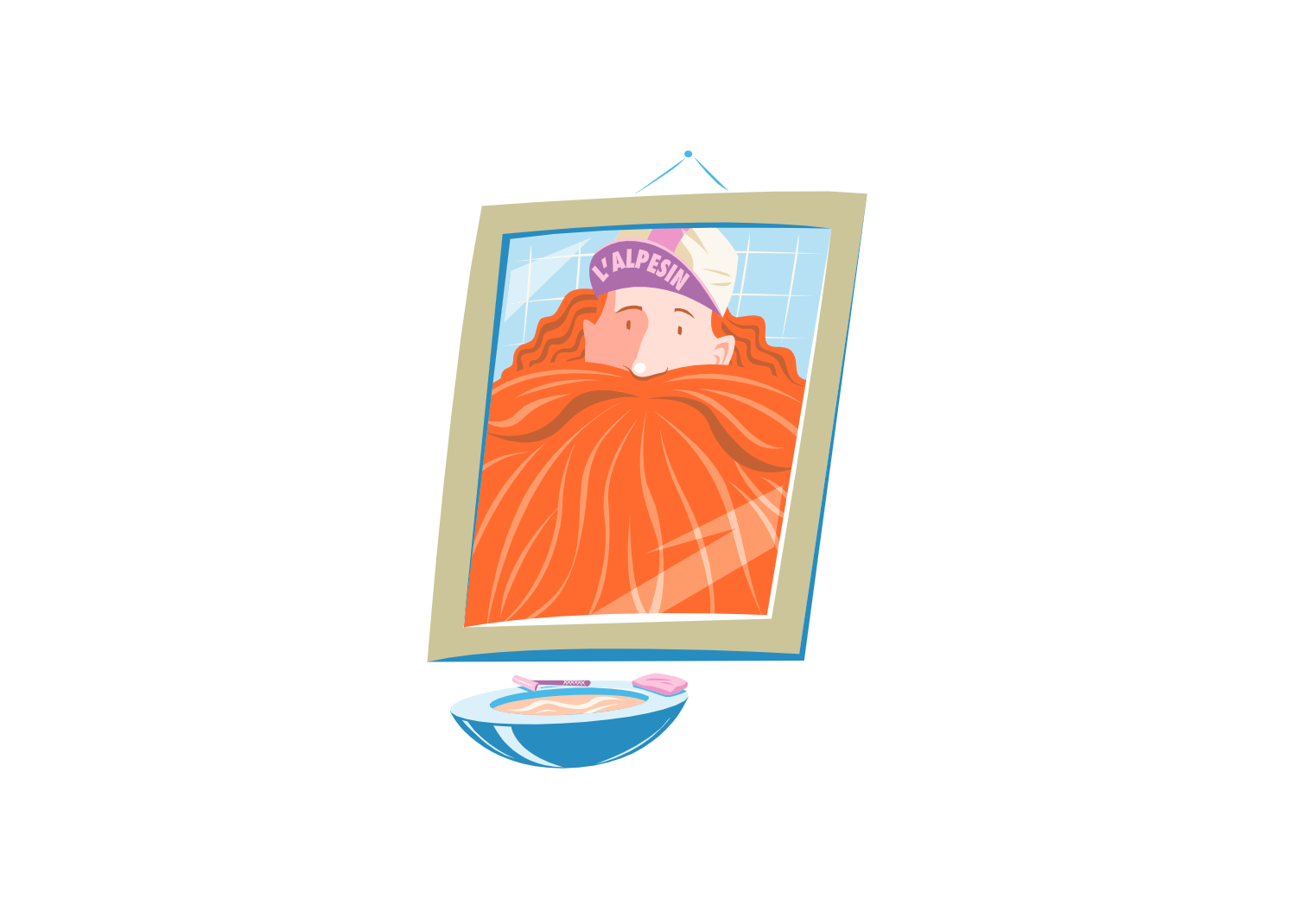
Rule 21: Don’t open the windows of the team car while it’s moving, it lets in a draft and you will catch cold.
Rule 22: Don’t use the ventilation system in the car, especially not the air-conditioning.
Rule 23: Always wear a t-shirt, even if it’s 40ºC in the hotel room.
Rule 24: Always wear slippers, as contact with cold floors will make you sick.
Rule 25: Always wear socks even when lying down; you might forget your slippers and stand on the floor.
Kernel of truth or load of old cobblers?
These all stem from the age-old pro cyclist’s fear of catching a cold by contact with cold air or surfaces. True, when athletes are very fit their immune systems can be fragile. Pro riders of old thought that having clothing between anything cold and their skin provided protection. Remember, though, these rules were born when people thought you could catch a cold by sitting in a draught – for which there is minimal evidence.
Verdict: Sure, avoid getting cold, but no need for paranoia about contact with cool air/surfaces.
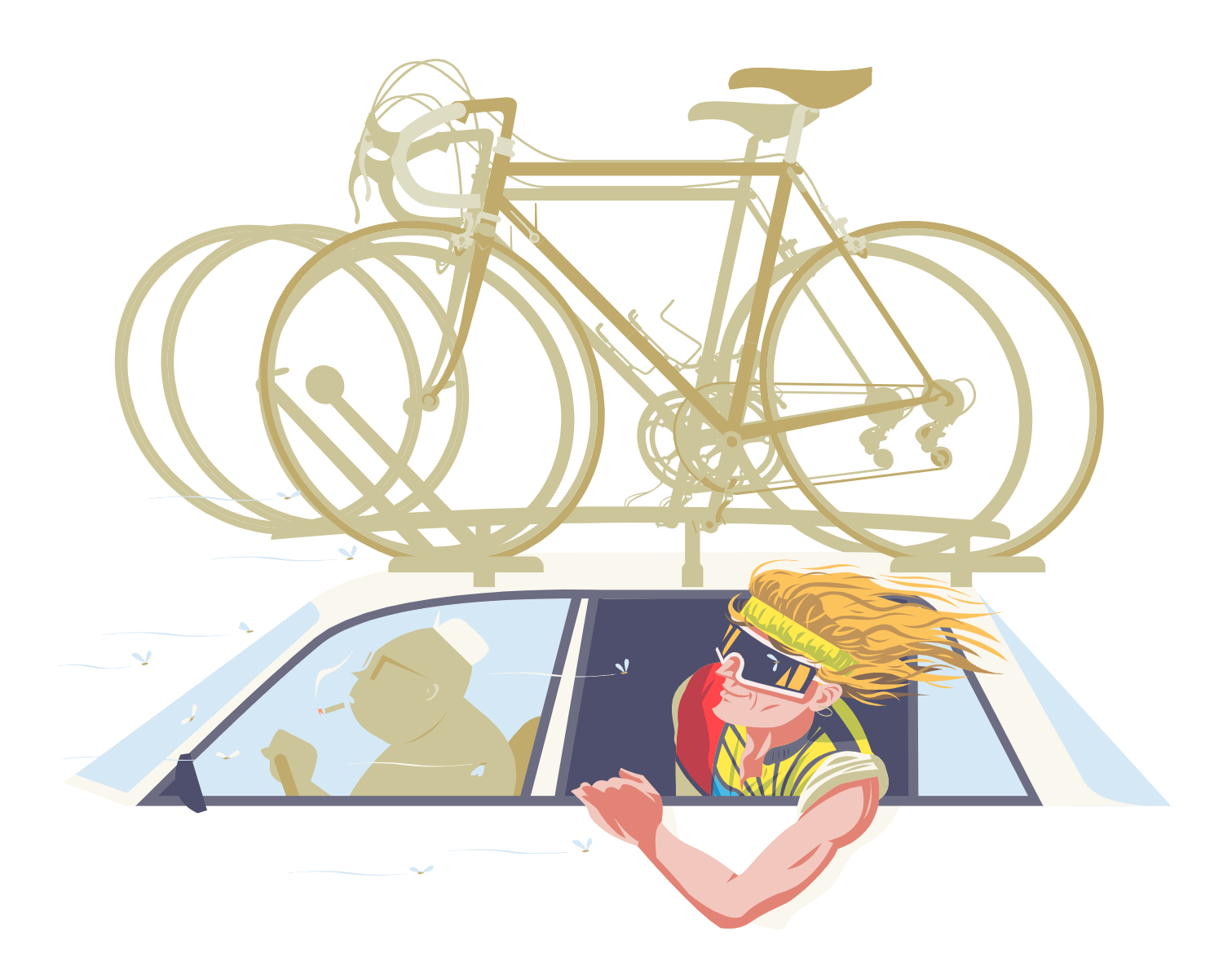
Rule 26: Don’t have baths, only showers, because in a bath the water absorbs into your muscles and makes you soft and lifeless.
Kernel of truth or load of old cobblers?
There’s no half-sensible reason behind this one at all, and it’s hard to know where it came from, given that the same list of rules said it was OK to have a bath after crashing because then it helped the muscles relax.
Verdict: Shower rather than bathe to save water, but for no other reason.
Rule 27: Don’t sleep with your head next to the light switch because the electrical current going through the wires will unsettle you.
Verdict: Sleep with your head wherever you like, within reason!

Thank you for reading 20 articles this month* Join now for unlimited access
Enjoy your first month for just £1 / $1 / €1
*Read 5 free articles per month without a subscription

Join now for unlimited access
Try first month for just £1 / $1 / €1

Chris has written thousands of articles for magazines, newspapers and websites throughout the world. He’s written 25 books about all aspects of cycling in multiple editions and translations into at least 25
different languages. He’s currently building his own publishing business with Cycling Legends Books, Cycling Legends Events, cyclinglegends.co.uk, and the Cycling Legends Podcast
-
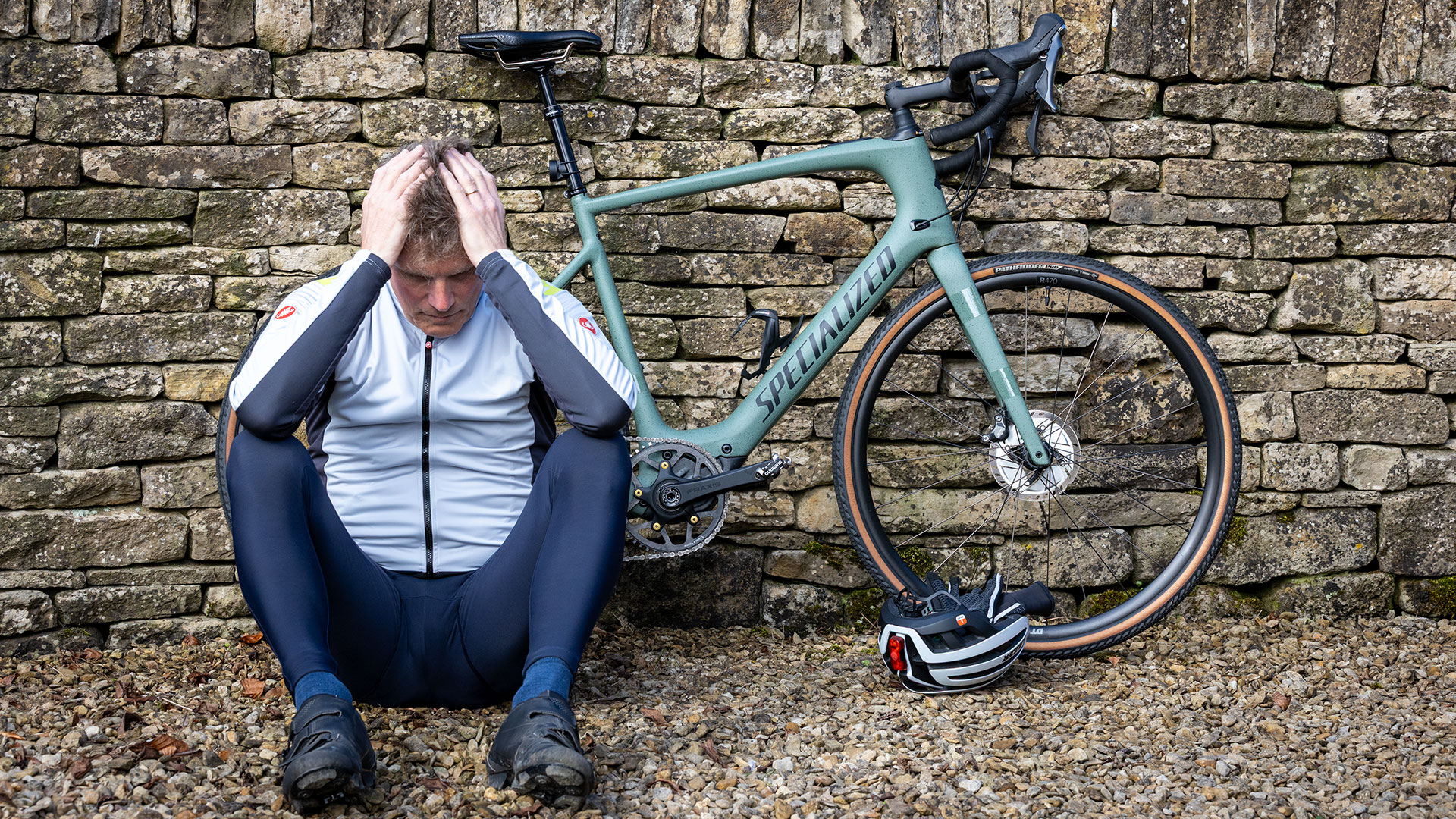 Why do I feel like a cheat every time I ride my e-bike?
Why do I feel like a cheat every time I ride my e-bike?I love my e-bike but struggle with the shame that accompanies me on my rides. Why?
By Simon Fellows
-
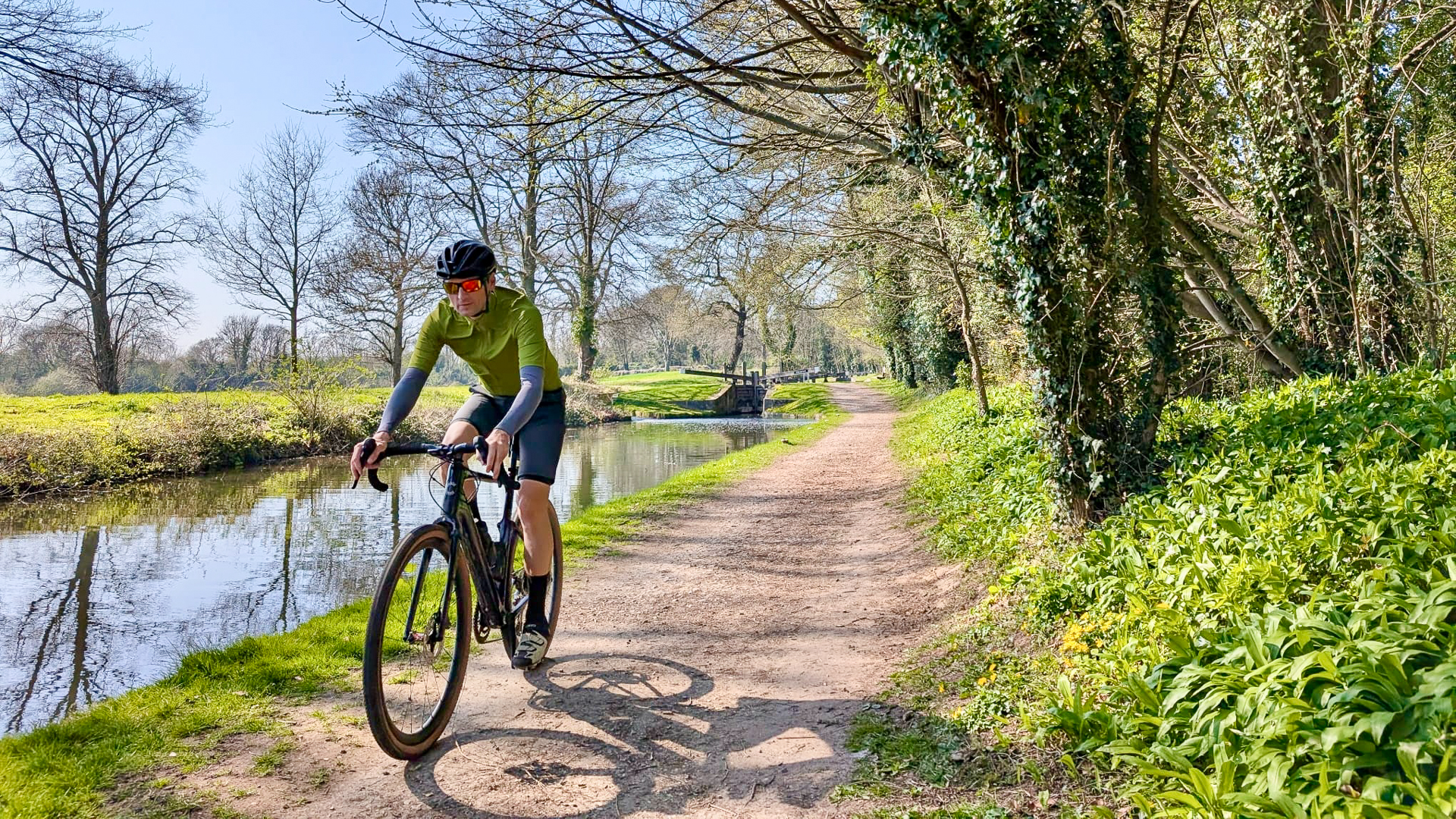 WTB Vulpine S TCS Gravel Tyre review - turbo charge your gravel racing (in the right conditions)
WTB Vulpine S TCS Gravel Tyre review - turbo charge your gravel racing (in the right conditions)The WTB Vulpine S TCS Gravel Tyre is unashamedly aimed at riders who value speed above all else; mudpluggers need not apply
By Tim Russon